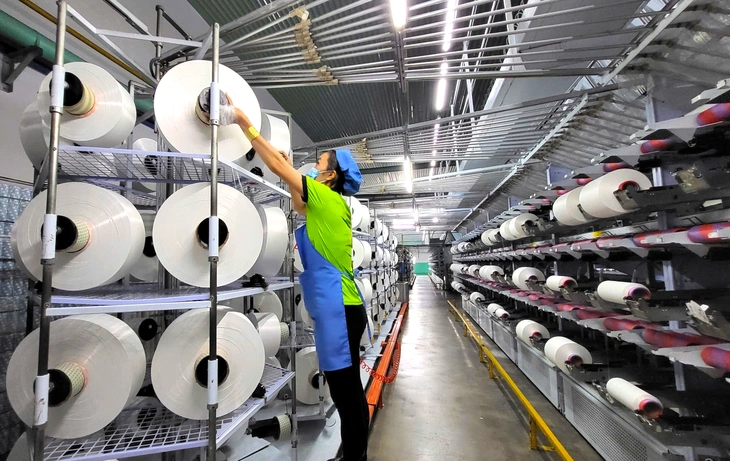
Workers working in a yarn factory in Tay Ninh - Photo: HONG PHUC
On April 2, President Donald Trump announced a new tax policy, applying a basic tax rate of 10% on imported goods and higher reciprocal taxes for more than 60 countries, including Vietnam and China. The reciprocal tax rate of 46% applied to Vietnam has a major impact on the textile and wood industries.
Leave "flexible room" for negotiation
At 4:00 p.m. on April 2 (Washington DC time), US President Donald Trump announced a new tariff policy, calling it "Liberation Day" - the moment when the US "regains economic sovereignty".
Accordingly, from April 5, a basic tax rate of 10% will apply to all imports from trading partners. From April 9, higher "reciprocal" tariffs will be imposed on more than 60 countries that the US calls "unbalanced trade", such as China (34%) and Vietnam (46%).
Sharing on his personal page, Ambassador Hoang Anh Tuan, Consul General of Vietnam in San Francisco (USA), said that tariffs are the default lever, forcing countries to accept trade terms that are favorable to the US, instead of relying on multilateral institutions as before.
The policy reflects the Trump administration's efforts to reduce the trade deficit, which is expected to reach $1.2 trillion by 2024, in order to reposition the United States in global trade.
Notably, this policy is not just about tariffs but also combines non-tariff barriers and currency manipulation policies that the US believes countries are applying to US goods.
Despite the sudden increase in tariffs, President Trump considers this "reciprocal" tariff to be "friendly". The reason he gave was that the US had only imposed 50% of the tariff calculated according to a rather complicated formula of the US Treasury Department, in order to leave "flexible room" for negotiations.
Ambassador Hoang Anh Tuan said that the deficit-based tax calculation formula means shifting from sectoral taxes to national taxes, based on the bilateral trade deficit ratio, such as Vietnam (90%) or China (54% of the total).
President Trump said that this "reciprocal" tax rate is only half of the level calculated by the US, showing a flexible intention, paving the way for bilateral negotiations with other countries.
The above tax level will disrupt the supply chain, push countries and businesses towards localizing production, changing the trend of free trade.
And this is also the first time in history that the Trump administration has used the IEEPA 1977 Act to declare a national economic emergency, eliminate multilateral mechanisms, and take drastic unilateral action.
Wood, textile urgent meeting
Many Vietnamese industries such as wooden furniture, textiles, electronic components or seafood will be greatly affected by the above tax rate.
In 2024, the export value of Vietnam's wood and wood products will reach more than 16.2 billion USD. The US still holds the number 1 position for wood exports nationwide.
According to the Import-Export Department (Ministry of Industry and Trade), the export value of wood and wood products from Vietnam to this market last year reached more than 9.1 billion USD, accounting for 56% of the total export turnover of wood and wood products from Vietnam.
However, the domestic market only imported about 380 million USD worth of raw materials from this country, meaning a trade surplus of 9 billion USD.
Most of the wooden furniture exported from Vietnam to the US enjoys a 0% tax, with only a small percentage of boards subject to an 8% tax. In contrast, some US goods imported into Vietnam from the same industry are subject to a tax of 20-25%.
Sharing with Tuoi Tre Online , Mr. Ngo Chon Tri, operations director of wooden furniture exporter Yes4All, said that since last night, many of the company's staff have discussed the tax issue and held an urgent meeting this morning.
"We just received news from a new American customer saying that 10% applies to all industries, while 46% only applies to agricultural products and machinery. We will check with many sources, including shipping lines, to verify this information," said Mr. Tri.
The US continues to be the main export market for Vietnam's textile and garment industry, with a turnover of more than 10 billion USD in 2024, accounting for 40% of total export value. Thanks to that, Vietnam has risen to the second position in the world in textile and garment exports, after China, with a total turnover of about 43.5 billion USD.
In the first two months of 2025, Vietnam exported more than 7 billion USD worth of textiles and garments, and the export proportion to the US remained at 40%.
Mr. Pham Xuan Hong, Chairman of the Ho Chi Minh City Textile, Embroidery and Knitting Association, said that this morning he will meet with members to discuss and provide accurate information about the new US tax rate as well as make some recommendations and proposals.
According to CNBC, the Trump administration uses the formula: Tariff = Bilateral trade deficit / Total value of imports from that country. For example, Vietnam exported $136.6 billion to the US, imported $13.1 billion, a deficit of $123.5 billion - equivalent to 90% of total exports and imports, which the US believes is the "tax" that Vietnam is "imposing" on US goods. Therefore, the US imposes a tax of 46%, which is half of the calculated level.
This formula reflects the level of trade imbalance as calculated by the US, not based on nominal tariffs announced by countries.
Source: https://tuoitre.vn/hop-khan-voi-muc-thue-doi-ung-46-cua-my-2025040308244481.htm



![[Photo] Opening of the 11th Conference of the 13th Party Central Committee](https://vstatic.vietnam.vn/vietnam/resource/IMAGE/2025/4/10/f9e717b67de343d7b687cb419c0829a2)
![[Photo] April Festival in Can Tho City](https://vstatic.vietnam.vn/vietnam/resource/IMAGE/2025/4/10/bf5ae82870e648fabfbcc93a25b481ea)

![[Photo] Unique folk games at Chuong Village Festival](https://vstatic.vietnam.vn/vietnam/resource/IMAGE/2025/4/10/cff805a06fdd443b9474c017f98075a4)




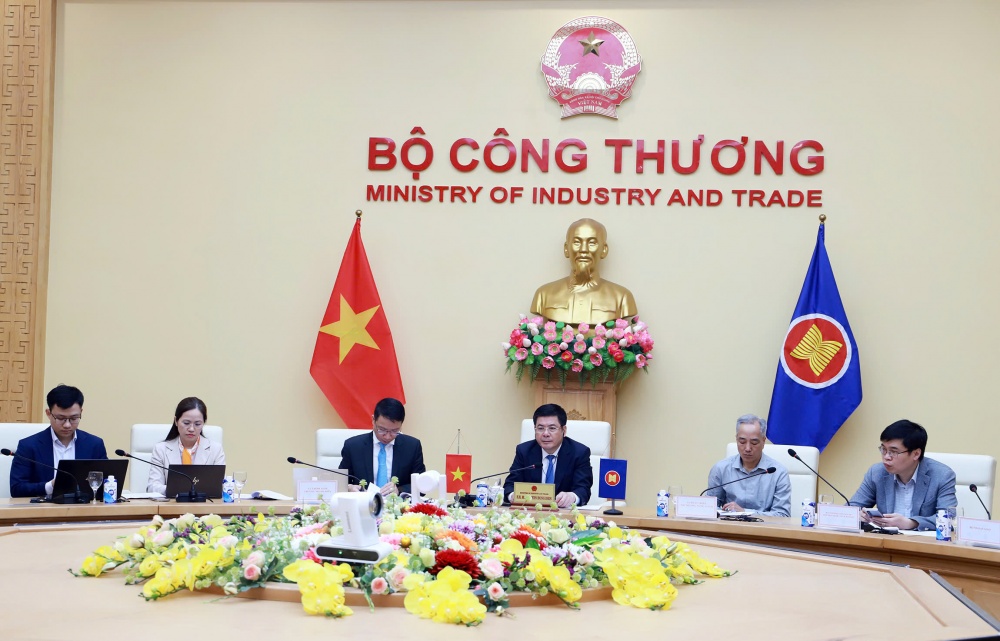
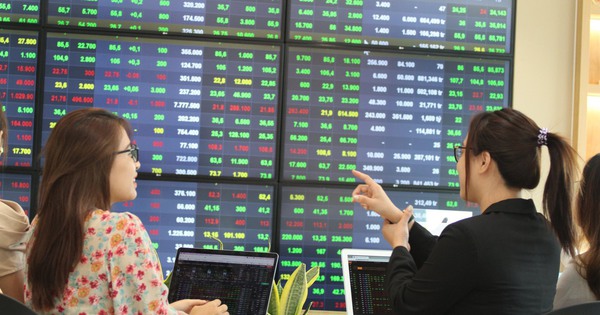
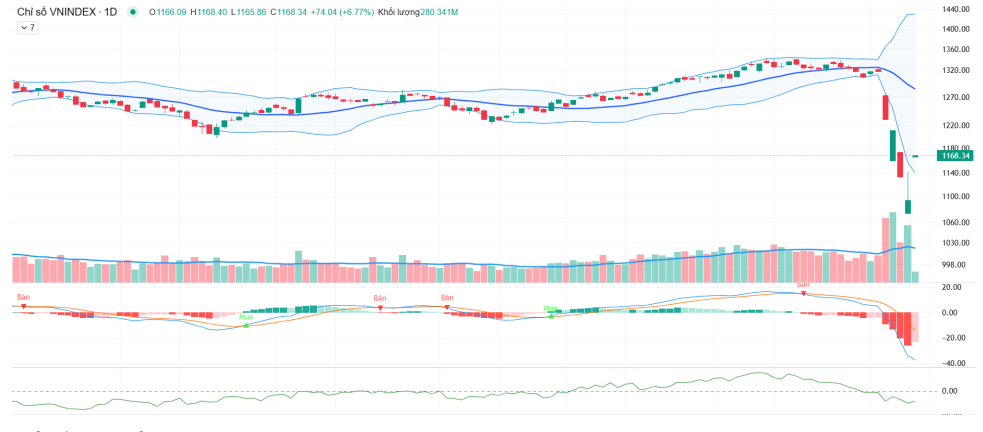



























































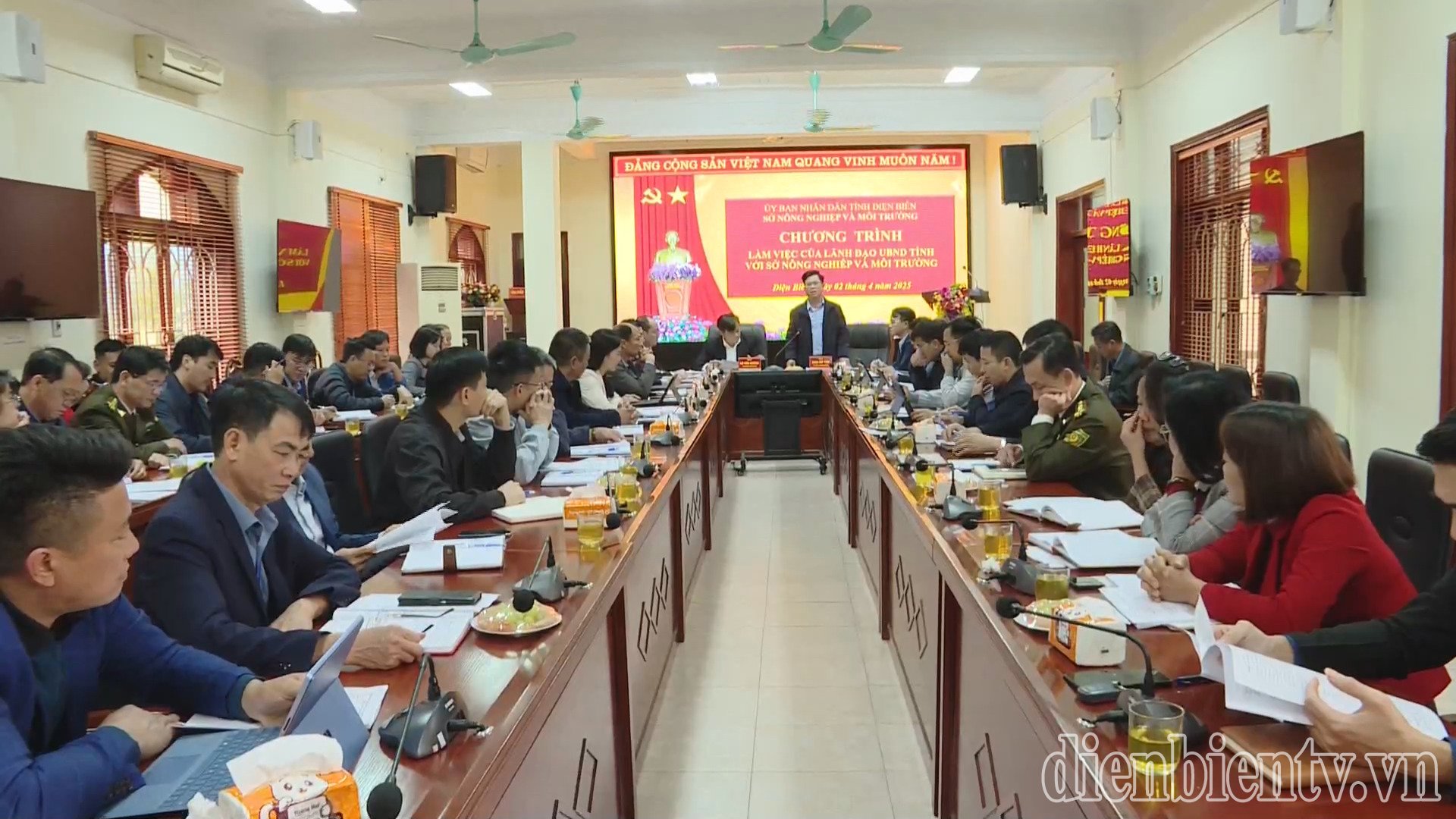
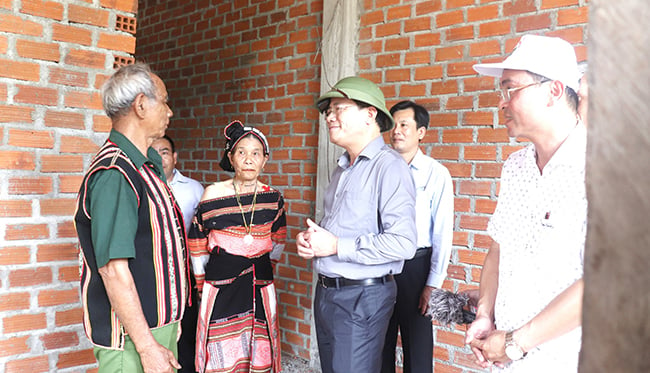
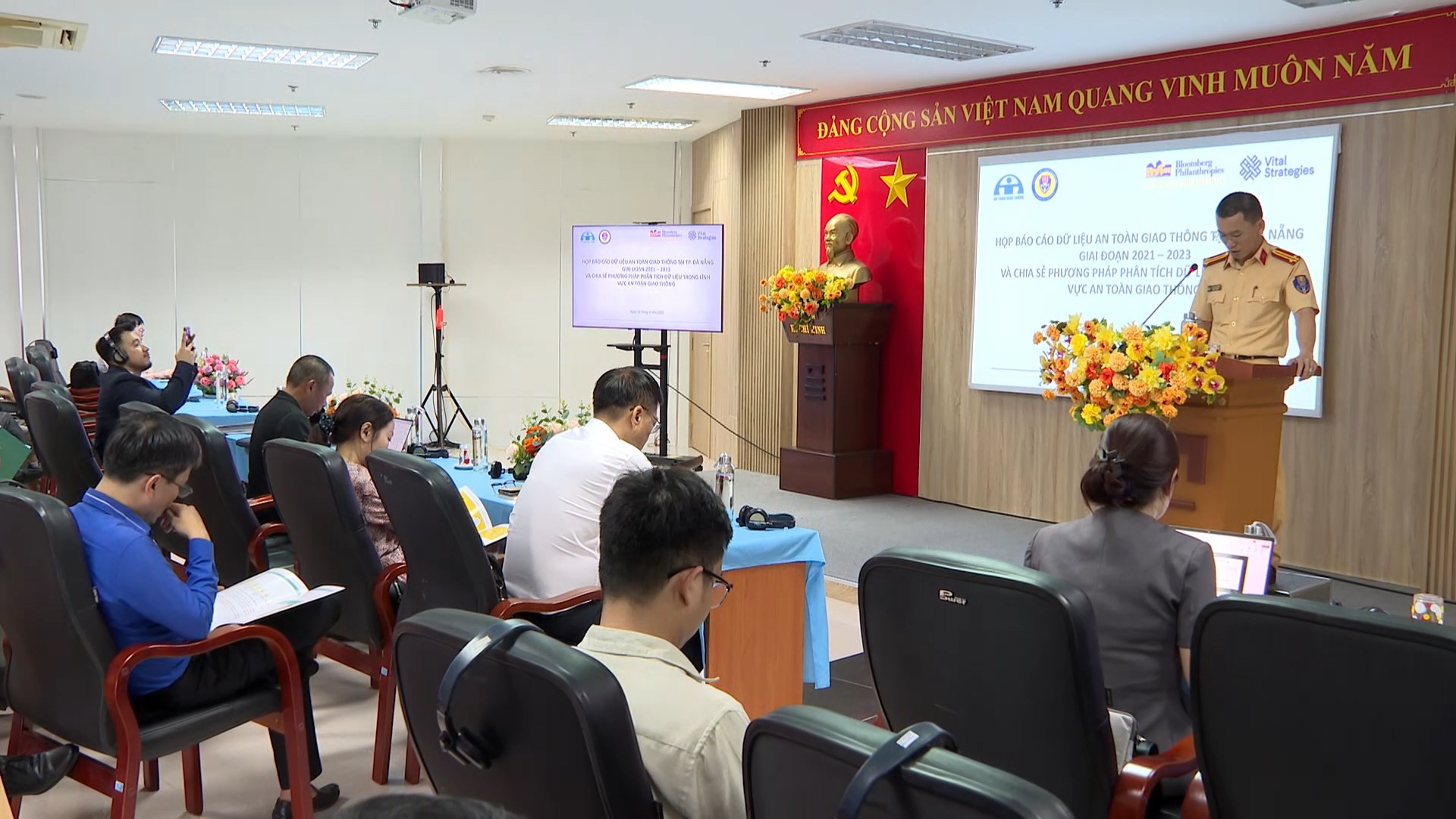
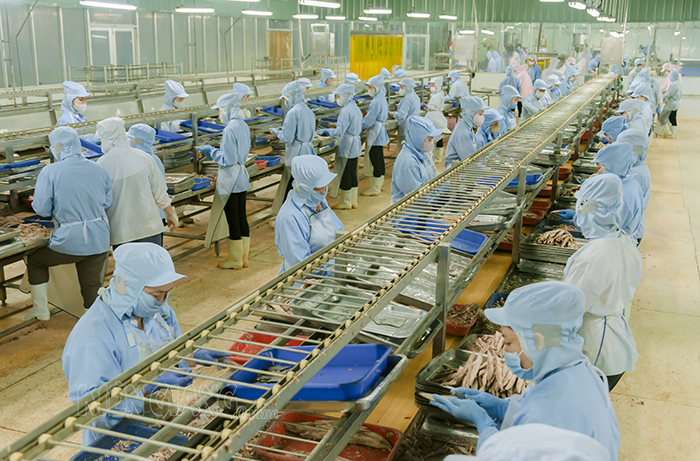










Comment (0)